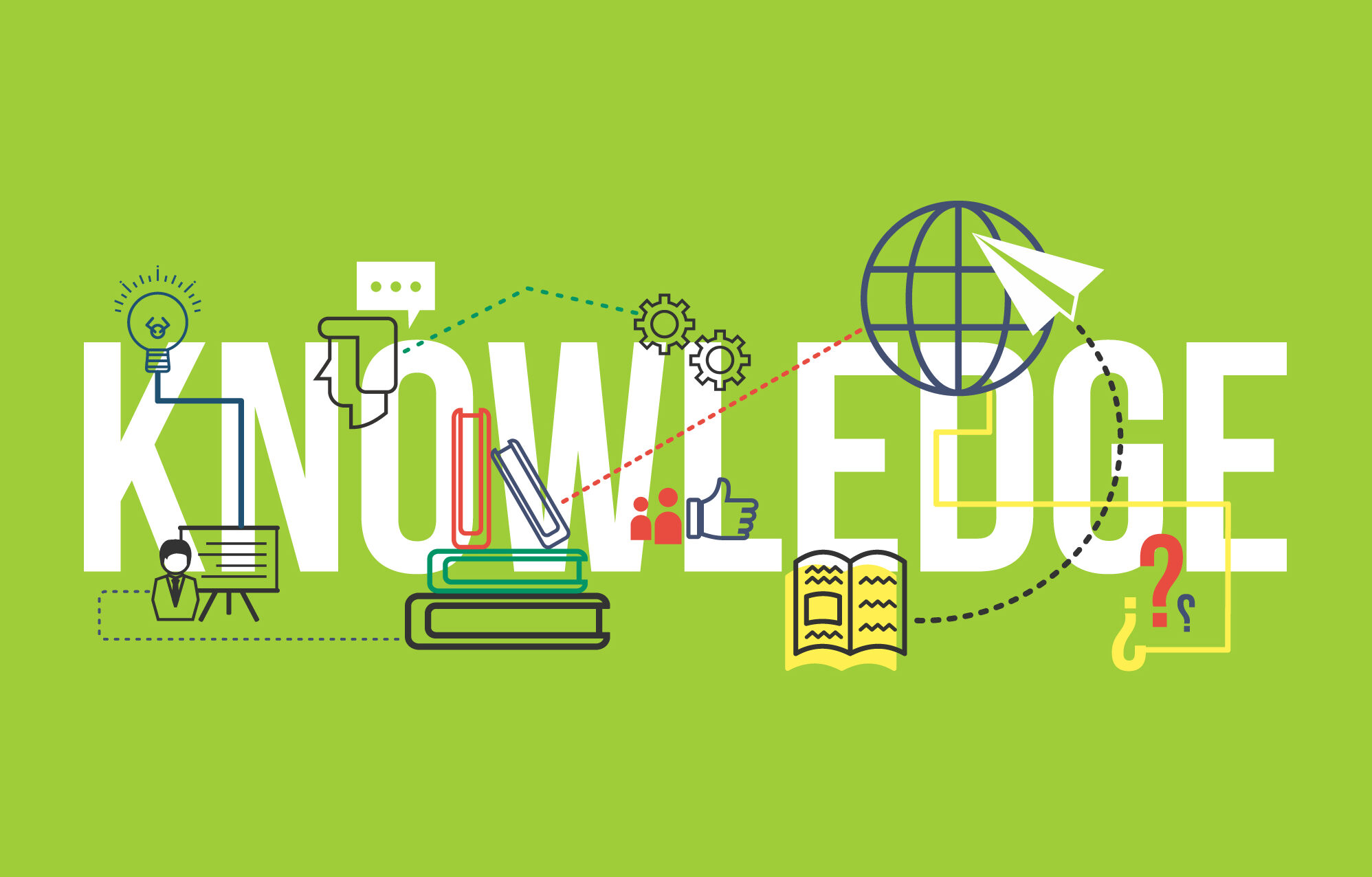Leveraging Document Management for Effective Knowledge Management

Knowledge management and document management have a common characteristic: centrally manage an organization’s information assets. However, they have distinct differences. This article will first provide a brief explanation of each and explore their distinctions. Then, it will discuss about key points of document management for effective knowledge management.
目次
What is Knowledge Management?
Knowledge management is a business management method that aims to share information and knowledge held by companies and intellectual assets such as know-how and experience held by individuals, leading to creative work. It refers to the process and methodologies for collecting, organizing, sharing, visualizing, and utilizing knowledge and information within an organization. In knowledge management, the aim is to improve organizational performance and efficiency.
What is Document Management?
On the other hand, document management refers to the processes involved in effectively managing an organization’s documents and information assets. Document management encompasses the entire lifecycle of documents, including creation, storing, sharing, updates, and disposal or archiving. Its main objectives are efficient document utilization within the organization and compliance enforcement. Document management systems provide functionalities such as file sharing, version control, access control, document classification, and organization.
Differences between Knowledge Management and Document Management
The differences between two concepts can be summarized as follows:
Purpose
Knowledge management aims to collect, share, utilize, and promote innovation in an organization’s knowledge and information. Document management, on the other hand, focuses on the efficient management and compliance enforcement of documents and information within the organization.
Scope and Format
Knowledge management targets a broader range of knowledge and information, including people’s experiences, expertise, best practices, know-how, etc. Document management primarily focuses on the version and format of documents and files.
Processes and Activities
Knowledge management involves processes such as knowledge visualization, collection, organization, and sharing to facilitate information utilization. Document management handles the entire lifecycle of documents, including creation, storing, sharing, updates, retention, disposal, and archiving. In document management, decisions are made about where and how documents are stored, how long they are retained. Documents are categorized and organized to ensure easy access and identification of expiration dates.
Knowledge management and document management complement each other in the realm of information management within an organization. To effectively implement knowledge management, proper organization of information through document management is essential.
Following are the two key points for leveraging document management for effective knowledge management.
Two Key Points of Document Management for effective Knowledge Management
Select Useful Information
To prevent essential information from getting lost among unnecessary information, it is important to identify the relevant information and ensure smooth access to it. For example, when storing an organizational chart, keep only the latest version and archive or delete older versions. On the other hand, for sales negotiation records, it may be necessary to keep access to past information in addition to the latest version. By appropriately assessing the relevance of information based on its nature and establishing rules for retention, you can enhance convenience and efficiency.
Group Files
Group the necessary files. For example, when organizing sales negotiation records, you can group them by customer, responsible person, or fiscal year. When grouping files, be mindful of the size of each group. If you group too many documents into a single group, it may become difficult to find the needed document. For instance, if organizing by fiscal year results in too many files, consider creating monthly groups or using a hierarchical structure for storage. Additionally, when managing important documents, you can group them based on their significance. Classifying documents according to confidentiality levels, such as highly confidential or external confidential, can help mitigate the risk of information leaks.
Summary
We have seen the differences and relationship between two concepts, and discussed key points of document management with a focus on knowledge management. When implementing knowledge management tools like Kiku, it is recommended to consider appropriate document management rules to achieve effective knowledge management.
ナレッジ循環で課題解決
効率的な業務改善を
体感する
-
業務のやり取りから
ナレッジを
効率的に収集したい -
サステナビリティを
考慮した業務改善を
実現したい -
部署間での
ナレッジ共有により
業務効率化を図りたい




